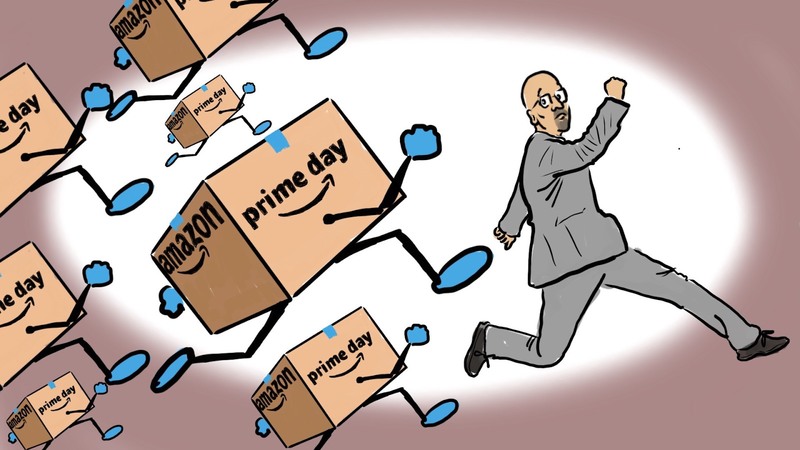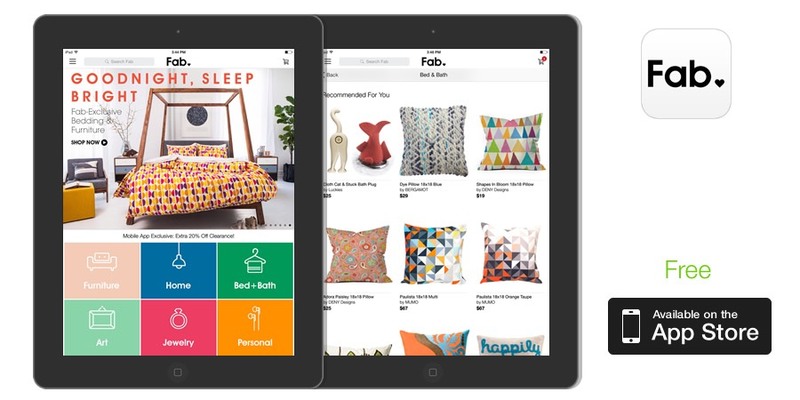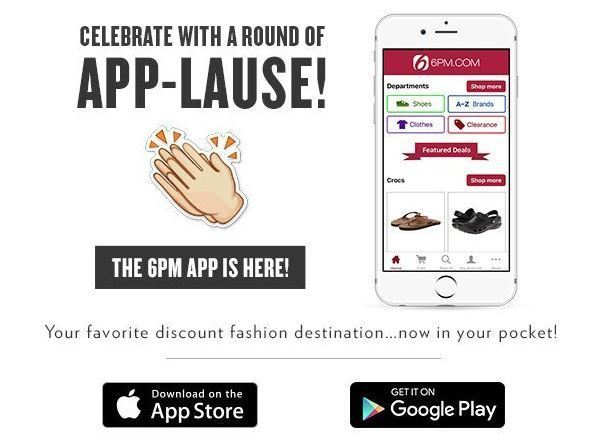Are you an owner of a well-established retail business looking to expand your reach? If so, it’s high time to create your own loyalty card app. We’ll tell you about all the nuances, namely - what features your dedicated app functionality should include and how it can influence sales.
Loyalty apps: marketing theory
Loyalty apps are a modern digital form of the tried and true marketing strategy of the card loyalty program. In order to understand whether your business needs such a mobile extension or not, let’s take a look at the essence of this solution from the marketing perspective.
The loyalty program is a complex of marketing efforts dedicated to increasing repeat sales, reinforcing customer retention, and implicitly promoting corporate ideas and values. Both ordinary and mobile app rewards programs are usually developed when the promoted product is ‘mature’ enough.
In the digital-free past, the most common way to implement loyalty programs was through simple discount cards. Nowadays, mobile loyalty apps simplify the stages of selecting and buying products for your customers. Digital discount offers through apps usually lead customers to the product catalog, and make your business even more accessible. Top brands around the world admit that to develop an app like Starbucks did for their customers can be a perfect way to increase loyalty and get a good competitive advantage.
Kinds of loyalty apps
We can define three general types of loyalty apps:
- mono-brand solutions;
- multi-brand solutions with short-term commercial offers;
- multi-brand solutions with short-term discount programs.
Let’s take a look at each in more detail.
Mono-brand solutions
This type of loyalty application is basically provided by a single offline business. For instance, the sportswear and sports accessories company Nike provided their special app with a loyalty program, which implied a premium level of shopping service for professional sportspeople.
The more common format of this type of software is when buyers get an account for collecting points for making purchases, which they can later exchange for real products and discounts. Companies like Amazon suggest special privileges for a one-time membership card purchase - e.g. Amazon Prime which remains active for 1 year.

Multi-brand solutions with short-term commercial offers
One of the most renowned examples of a loyalty app for business is the Fab app. The solution gathers the ‘hottest’ commercial offers from various brands and makes daily public lists. Sometimes, vendors provide up to 90% to 95% discounts, so getting such software is a great opportunity for real shopaholics to stay sharp and monitor the best priced products.

Multi-brand solutions with long-term discount programs
A great example of a multi-brand loyalty application that features long-term discount programs is 6pm - the app of the world-renowned shoes, clothes, and accessories marketplace. Users get points for each purchase, which are automatically converted into discounts for later. Another instance is when a bank develops a dedicated mobile loyalty app to give customers rewards each time they purchase something at a partner store.

Loyalty apps issues
Unfortunately, the deployment of a loyalty program with mobile app cannot always be a viable option. Especially if we are talking about solutions that handle high traffic on a constant basis. When you create your loyalty app, it's crucial to focus on backend performance. Otherwise, buyers might make one discount order simultaneously and the corresponding product or service will already be out of stock.
Necessary functionality for an average loyalty app
Before commencing the process of loyalty app development for your commercial business, you should define which particular components its interface and frontend as a whole should feature. The crucial elements are:
- User profile. A loyalty program is personalized. That’s why the these apps are also usually profile-oriented. The developer must build a user account, determine suitable ways of authentication, and provide the authorization through social media accounts and email (e.g. with the help of an API).
- System of rewards. Rewards depend directly on the number of customer purchases. Points can also be given out for customers' activity on social media, as a birthday present or as encouragement for being registered for a certain length of time. The more ways you give customers to earn rewards, the more attached they will be to your brand.
- System of suitable commercial offers. If your platform is multi-brand, you will have to establish connection with partner brands in order to regularly get their best offer notifications. The most efficient thing here, though, would be building a mechanism which would recommend your product to customers based on their previous user experience.
- Payment gateway. Most loyalty solutions support payment for products and services via online banking. Such capabilities are built with the help of eCommerce software, e.g. by connecting the payment gateway. The API can be integrated with your app, which provides access to tools for making digital payments with credit or debit cards. Among the most popular services are PayPal, Net Pay, BrainTree, Stripe, and others.
- Shopping cart. The shopping cart is crucial. This web software component allows customers to add/remove desired products, as well as simply store them, reserve them, pay for them, and choose and confirm the delivery options.
- Support chat. Any business must provide as much accessibility to customers as possible in order to be truly client-oriented. In particular, an online chat is a great option. Your tech support will be able to conveniently answer customer questions in real time.
How much does the loyalty app development cost?
The final price of development heavily depends on the price per man-hour asked by each of the developers taking part in the process. Usually, the cost to build an app like Starbucks or similar loyalty apps starts at $15,000 with the terms varying within the confines of 3-6 months.
Nevertheless, the approximate costs are calculated by developers once the final set of features and the level of backend complexity is discussed and agreed upon. The choice of a mobile platform - iOS or Android, also significantly affects the total budget. In order to cover the maximum possible number of users and not spend too much, we recommend considering the cross-platform development option.
Conclusion
If you really want an effective marketing strategy, dedicated loyalty applications will help you quickly reach a higher level of sales for your retail business. Got an idea for a new profitable startup? Let the professionals implement it! We will put the expert effort into creating your solution and deliver the end product quickly and cost-efficiently. Just contact us to discuss your idea - we'll help build an outstanding app for your business.







